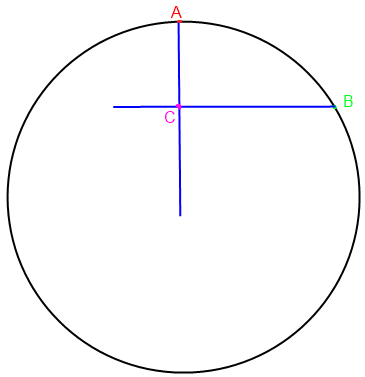From here in London, looking in a straight line north, York would not be in direct line of site due to the curvature of the earth.
So I'm wondering, how many feet or meters am I above, or below York due to the curvature of the earth?
So I'm wondering, how many feet or meters am I above, or below York due to the curvature of the earth?





